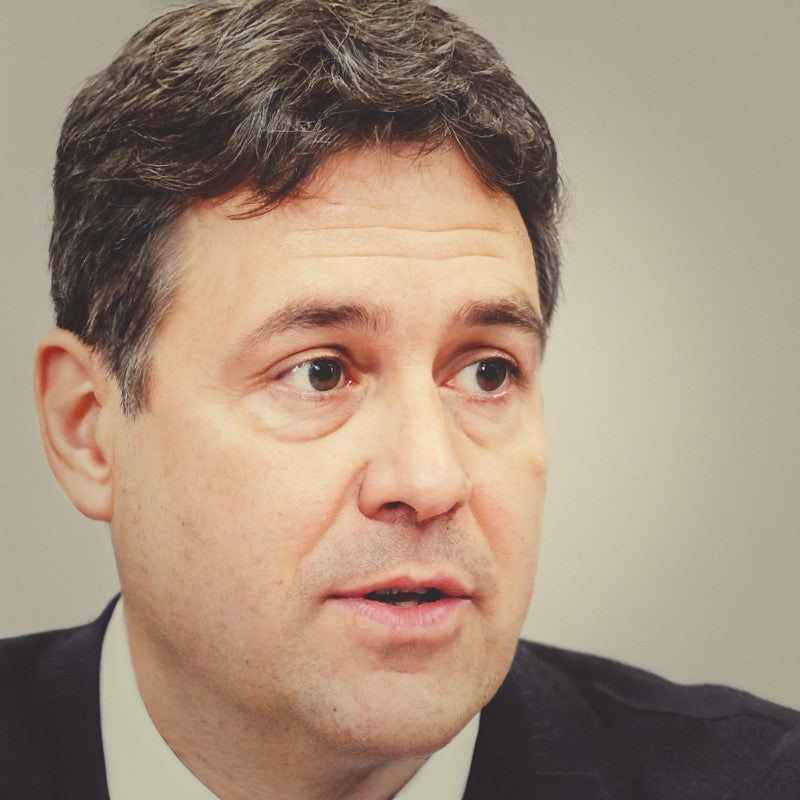If you're applying for a Civil Service position, you're likely aware of the 250-word statements required for your application.
These statements, especially for the Leadership behavior at the Administrative Officer (AO) level, are often considered the most challenging part of the process.
However, with a solid understanding of the behavior and a structured approach, you can turn this daunting task into a shining example of your qualifications.
Related Article: 5 Leadership Behaviour Statement Examples
Understanding Leadership at the AO Level
The Leadership behavior at the AO level involves demonstrating the ability to lead and manage teams, influence others, and drive the team towards achieving goals.
Unlike earlier levels, where leadership might be more about managing tasks and small projects, the AO level requires a more strategic approach.
At this level, you're expected to:
- Influence and Inspire: It's not just about directing tasks but inspiring your team and influencing colleagues to achieve common goals.
- Drive Change: You should be comfortable leading initiatives that drive change and improvement within your team or department.
- Decision-Making: Taking decisive actions that are informed, considered, and result in positive outcomes for the team and organization.
- Accountability: Being responsible for your team's performance and providing guidance and support to help them succeed.
Understanding these expectations is crucial. It allows you to tailor your statement to reflect these specific competencies.
Structuring Your Statement with B-STAR
One of the most effective ways to structure your 250-word statement is by using the B-STAR technique. This method helps you present your example in a clear, concise, and compelling way.
Belief: Start with your core belief or philosophy about leadership. What do you think makes a great leader? This sets the tone and shows your personal commitment to effective leadership.
Situation: Describe the context or situation where you demonstrated leadership. Be specific about the circumstances to give a clear picture.
Task: What was your task in this situation? Outline your specific role and responsibilities, emphasizing the leadership aspect.
Action: Detail the actions you took to address the task. This is where you showcase your leadership skills in action. Highlight how you influenced, inspired, and guided your team.
Result: Conclude with the outcomes of your actions. What positive changes occurred because of your leadership? Be sure to quantify the results if possible, as this provides concrete evidence of your impact.
By following the B-STAR technique, you ensure your statement is well-organized and covers all critical aspects of the leadership behavior. This structure helps you stay within the word limit while delivering a powerful example of your capabilities.

Check out 50 statements covering all 9 behaviours
Now, let's transition into an example statement to illustrate how these elements come together effectively...
250 Word Statement Example
I believe that showing enthusiasm and taking responsibility for my work is essential in any role. Treating others with fairness and respect creates a positive work environment and helps achieve team goals.
Recently I was part of a team tasked with improving our community engagement. We wanted to increase participation in local events and consultations. I was excited about this project because it directly impacted the community I care about.
I took on the role of coordinating our social media outreach. I made sure to post regularly about upcoming events, using clear and inclusive language. I also responded to comments and messages promptly, ensuring that everyone felt heard and valued.
To reach a wider audience, I suggested creating posts in multiple languages spoken in our community. I worked with colleagues who spoke these languages to ensure accuracy and inclusivity.
I kept my manager updated on our progress, providing regular reports on engagement metrics. I also sought feedback from colleagues and community members to improve our approach continually.
One specific instance was when a community member raised a concern about the accessibility of our events for people with disabilities. I took this feedback seriously and worked with the team to address it. We made changes to our venues and event setups to ensure they were accessible to everyone.
Our efforts paid off, and we saw a significant increase in community engagement and event participation. This experience taught me the value of enthusiasm, accountability, and inclusivity in achieving team objectives.


